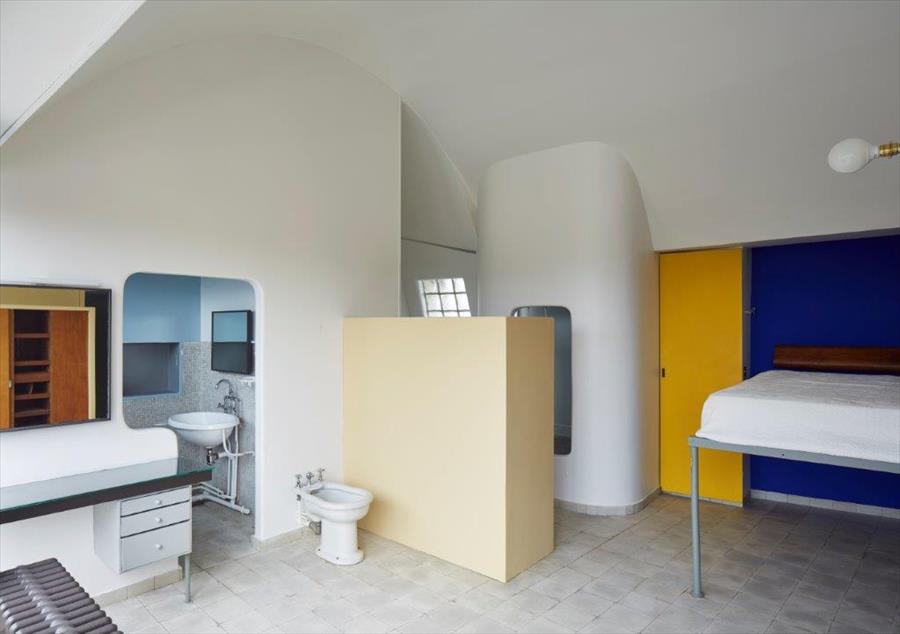
Visit the apartment where Le Corbusier changed architecture
The top floors of Le Corbusier’s Molitor Building – where the architect lived for 30 years – are now open to the public
To see the place where modern city building came of age, you have to visit the upper stories of a 1930s building in western Paris. At 24 rue Nungesseret-Coli, stands the Molitor Building, which was built by the Swiss French architect Le Corbusier 1931-34.
“The commission to design an apartment building in Paris’s sixteenth arrondissement gave Le Corbusier an opportunity to experiment with the principles of his Ville Radieuse,” explains Jean-Louis Cohen in Le Corbusier Le Grand.
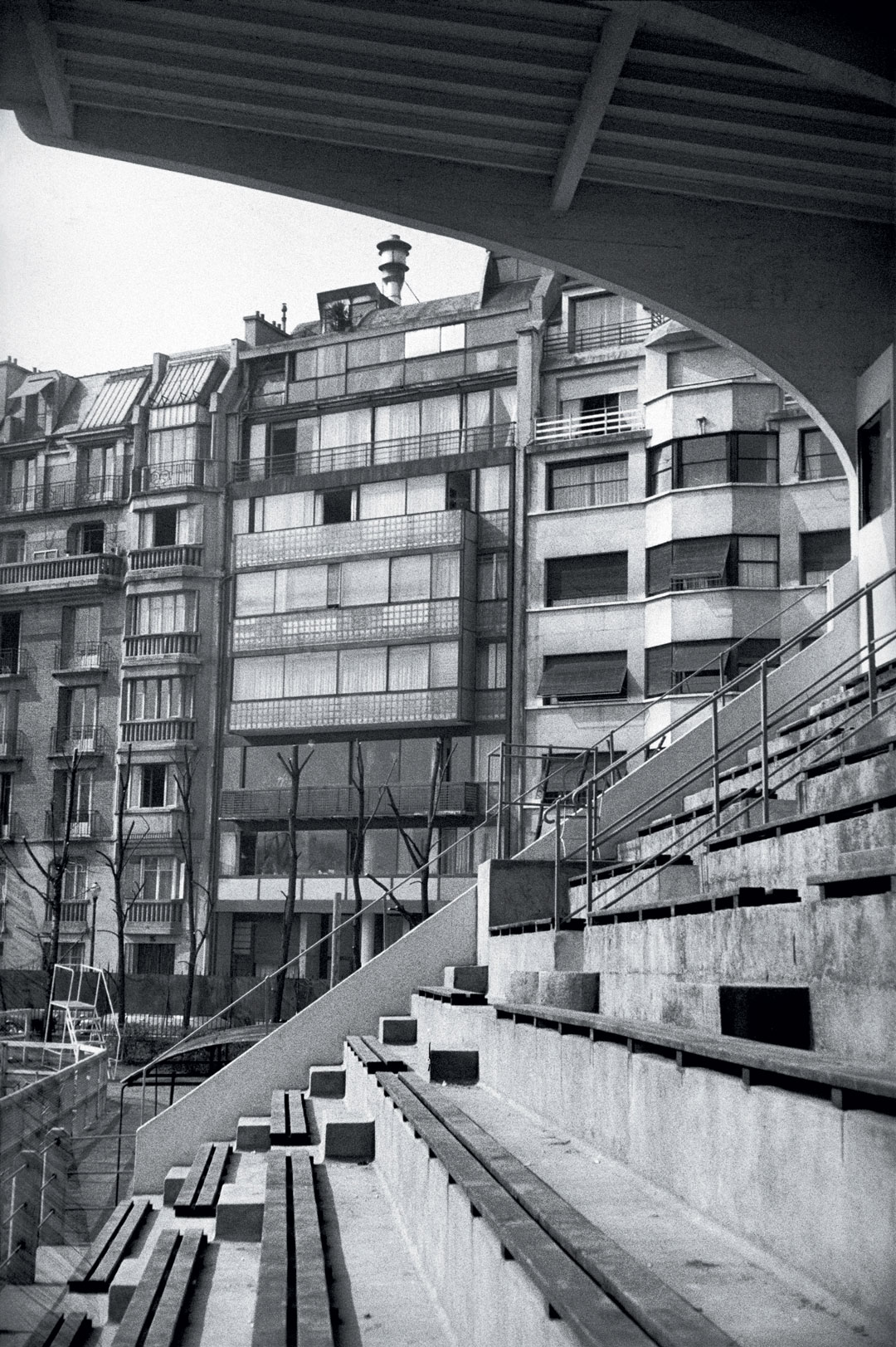
Ville Radieuse, which translates into English as The Radiant City, pictured the ideal urban environment as one “in which a city center of office towers would radiate out into a zigzag pattern of housing blocks spaced far apart in open parkland,” Cohen writes. “His watchwords were: ‘space, sun, and greenery.’”
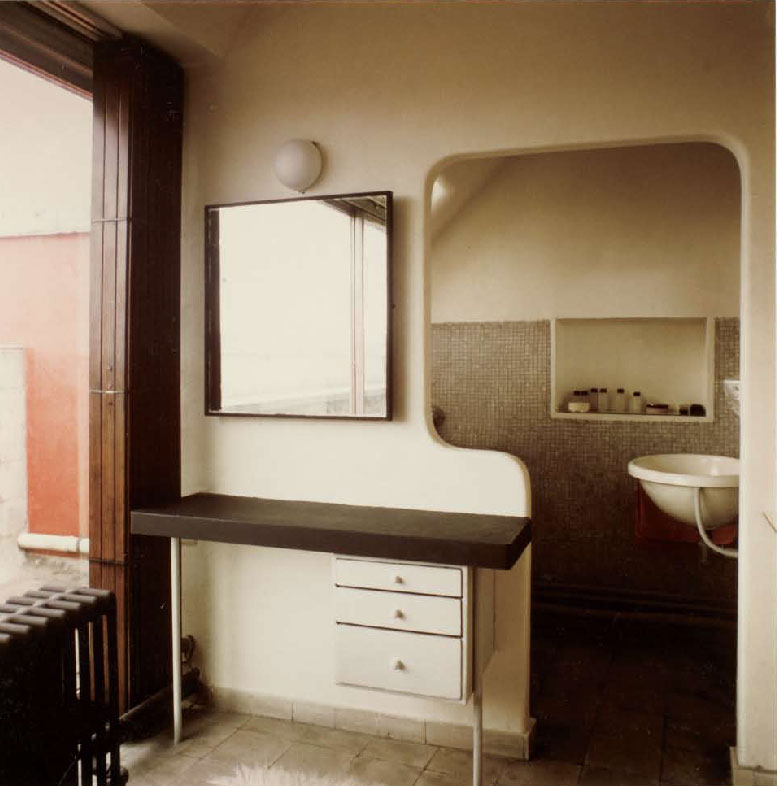
The Molitor was only one block in one great, well-established metropolis, yet Le Cobusier was still able to add some elements of his Ville Radieuse philosophy, by using newly available building techniques to add greater sunlight and space to the block, particularly when it came to the uppermost floors.
“On the top two floors of the building, he designed an apartment for his wife Yvonne and himself,” writes Cohen “In addition to a roof garden, it featured a spectacular vaulted studio with rusticated walls, where he would paint for a few hours each morning before journeying across the city to his office on the rue de Sèvres.”
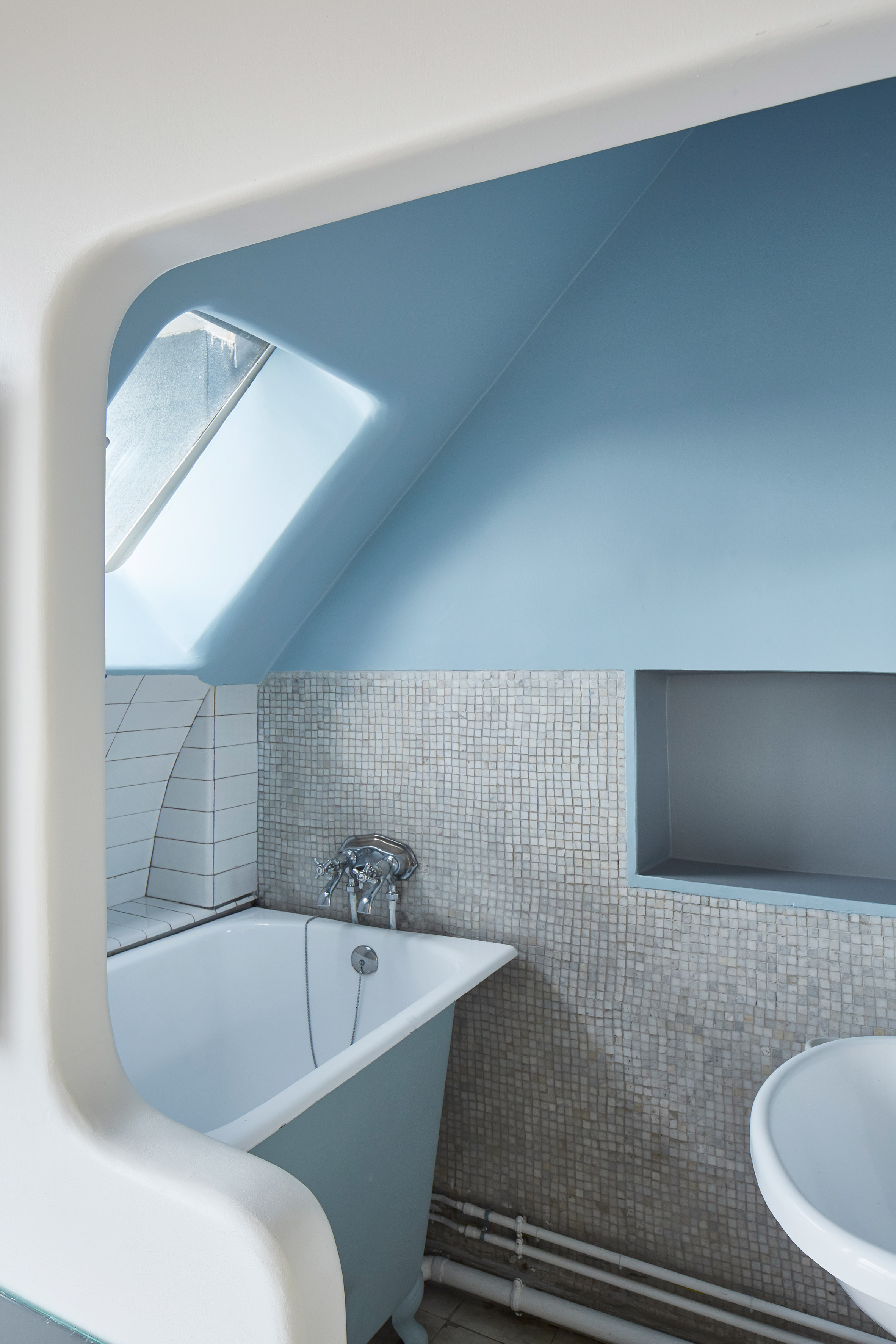
Le Corbusier lived at this address from 1934 up until his death in 1965, during which time he worked on his master plan for the city of Chandigarh in India, the Unité d'Habitation in Marseille, and the United Nations headquarters in Paris among oher key works.
The building – alongside 17 other Le Corbusier works – was awarded Unesco’s World Heritage back in 2016, and was opened to public towards the end of last year, following a two years of restoration work, undertaken by the Le Corbusier Foundation.
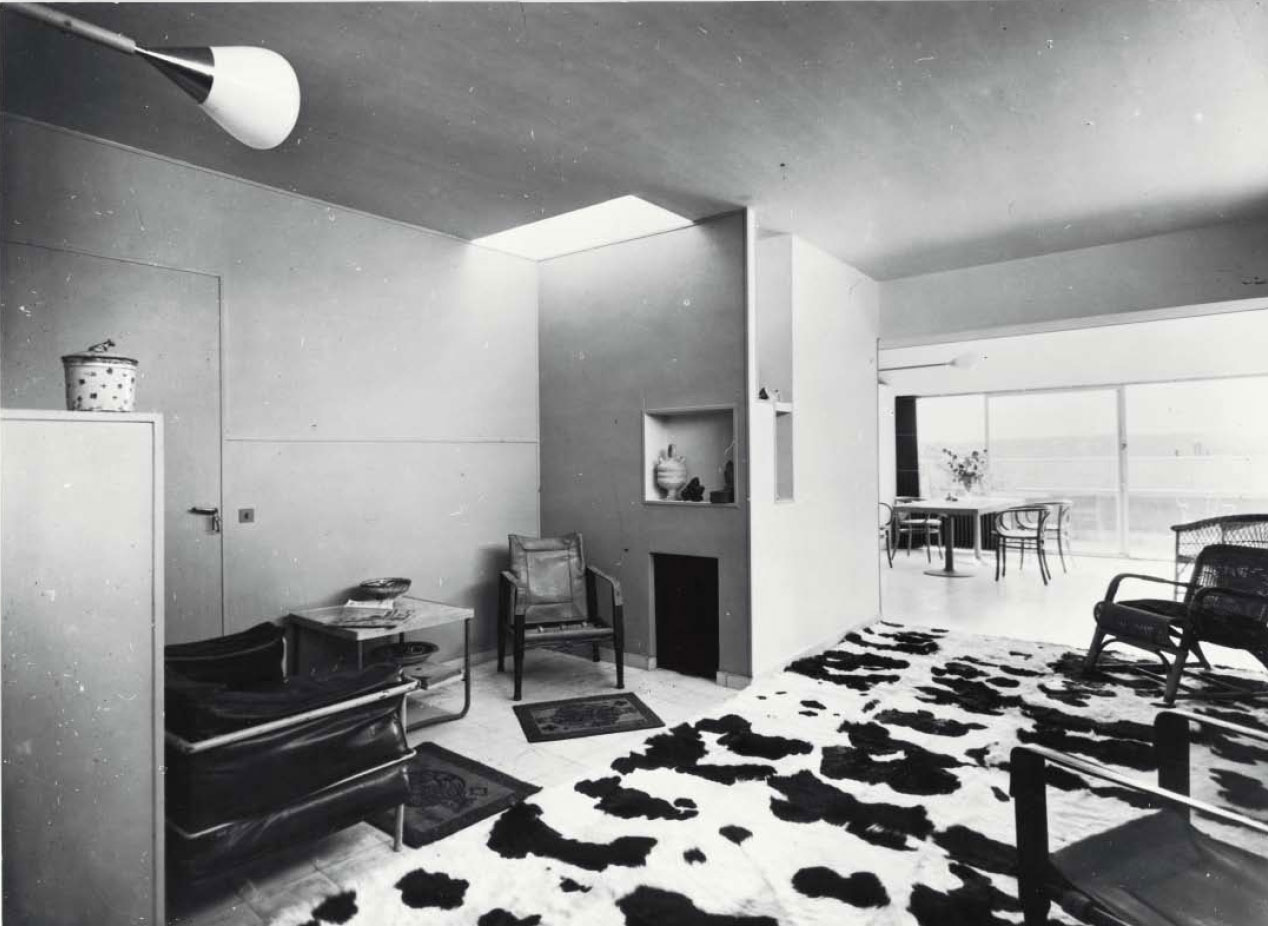
You only have to briefly compare the images of the newly restored apartment to the archive shots reproduced in our book to realise just how accurate the restoration work has been.
Architectural historians will enjoy visiting the space where this arch modernist dreamed up many of his famous schemes, while other, more idle onlookers may just appreciate the place for the reasons Le Corb loved it. In a letter to his mother, the great architect exclamimed he loved this new apartment because “everything is sky and light, space and simplicity.”
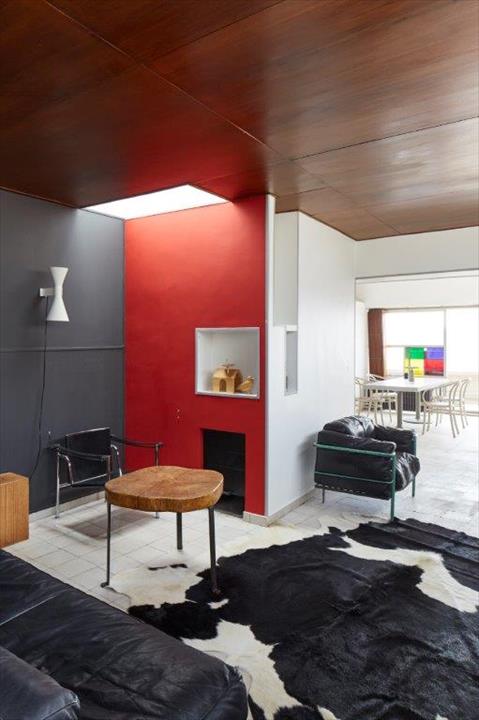
For more on this apartment and a lot more besides, order a copy of Le Corbusier Le Grand, a spectacular visual biography of the life and work one of the twentieth century's most influential architects. A decade after its first publication, the bestselling monograph Le Corbusier Le Grand is finally available in a new paperback edition. Documenting the life and work of one of the giants of twentieth-century architecture and design, the book presents an array of sketches, photographs, and correspondences, charting the vast and varied output of Le Corbusier, an artist who continues to fascinate those inside and outside the architectural world.
